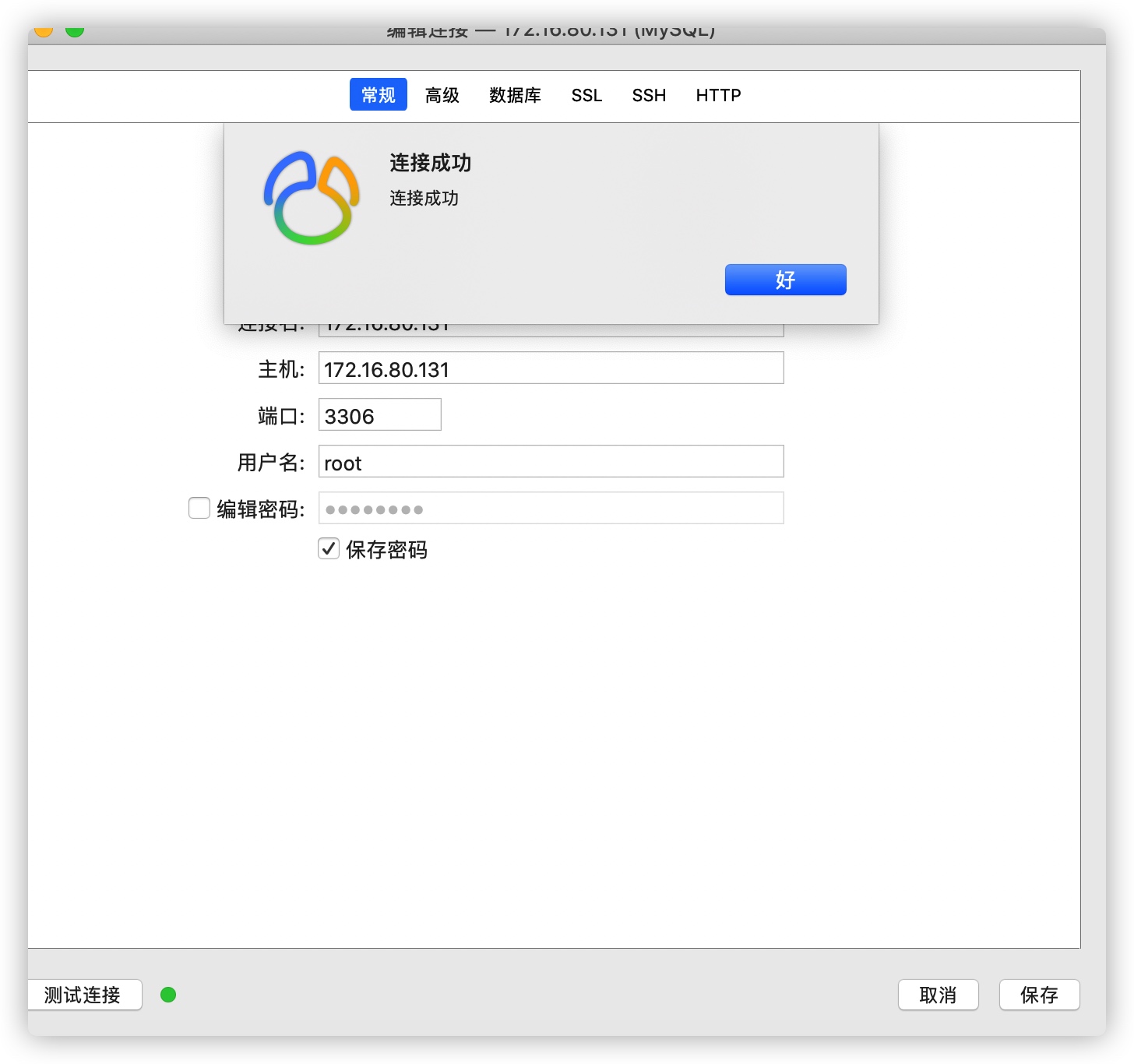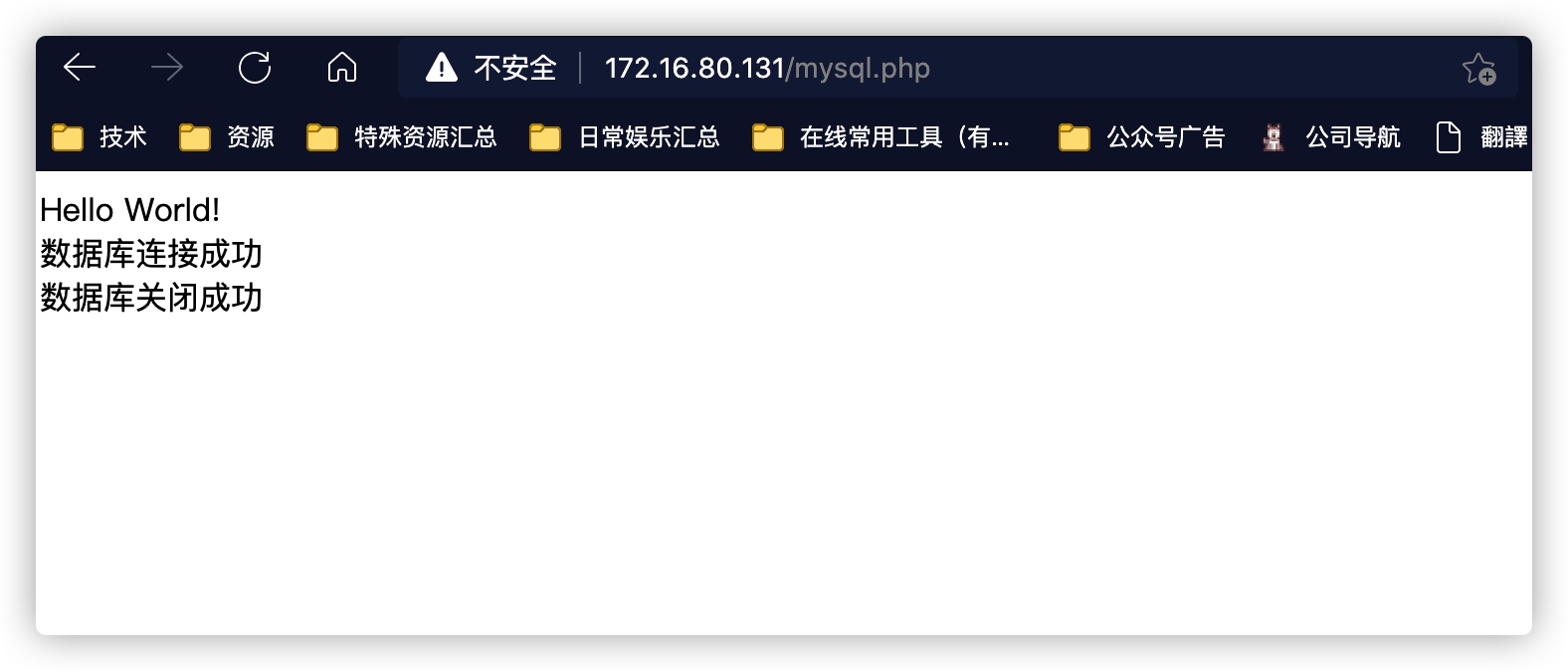1. 安装nginx
#安装依赖
yum -y install gcc gcc-c++ make zlib zlib-devel pcre pcre-devel libjpeg libjpeg-devel libpng libpng-devel freetypefreetype-devel libxml2 libxml2-devel glibc glibc-devel glib2 glib2-devel bzip2 bzip2-devel ncurses ncurses-devel curl curl-devel e2fsprogs e2fsprogs-devel krb5 krb5-devel openssl openssl-devel openldap openldap-devel nss_ldap openldap-clients openldap-servers libxslt libxslt-devel oniguruma oniguruma-devel sqlite-devel
#下载编译包
wget http://nginx.org/download/nginx-1.18.0.tar.gz
tar xvf nginx-1.18.0.tar.gz
#提前创建文件夹
mkdir -p /usr/local/nginx/tmp/nginx/client/
mkdir -p /usr/local/nginx
#创建用户
useradd -s /sbin/nologin nginx -M
#进入目录编译
cd nginx-1.18.0/
./configure --prefix=/usr/local/nginx/nginx --sbin-path=/usr/local/nginx/sbin/nginx/nginx --conf-path=/usr/local/nginx/conf/nginx.conf --error-log-path=/usr/local/nginx/log/error.log --http-log-path=/usr/local/nginx/log/access.log --pid-path=/usr/local/nginx/run/nginx/nginx.pid --lock-path=/usr/local/nginx/lock/nginx.lock --user=nginx --group=nginx --with-http_ssl_module --with-http_stub_status_module --with-http_gzip_static_module --http-client-body-temp-path=/usr/local/nginx/tmp/nginx/client/ --http-proxy-temp-path=/usr/local/nginx/tmp/nginx/proxy/ --http-fastcgi-temp-path=/usr/local/nginx/tmp/nginx/fcgi/ --http-uwsgi-temp-path=/usr/local/nginx/tmp/nginx/uwsgi --http-scgi-temp-path=/usr/local/nginx/tmp/nginx/scgi --with-pcre
make && make install
#配置环境
cd /usr/local/nginx/sbin/nginx
echo "PATH=$PWD:$PATH" > /etc/profile.d/nginx.sh
注意 通过我的命令编译的目录结构如下,大家可以对比一下,然后酌情处理目录哈

2. 安装PHP
#下载编译包
wget http://mirrors.sohu.com/php/php-8.0.0.tar.gz
tar xvf php-8.0.0.tar.gz
cd php-8.0.0/
#编译
./configure --prefix=/usr/local/php8 --with-curl --with-mysql-sock=/var/tmp/mysql/mysql.sock --with-jpeg-dir --with-freetype-dir --with-gd --with-gettext --with-iconv-dir --with-kerberos --with-libxml-dir --with-mysqli=mysqlnd --with-openssl --with-pcre-regex --with-pdo-mysql=mysqlnd --with-pdo-sqlite --with-pear --with-png-dir --with-xmlrpc --with-xsl --with-zlib --with-pdo-mysql --with-fpm-user=nginx --with-fpm-group=nginx --enable-fpm --enable-bcmath --enable-libxml --enable-inline-optimization --enable-gd-native-ttf --enable-mbregex --enable-mbstring --enable-opcache --enable-pcntl --enable-shmop --enable-soap --enable-sockets --enable-sysvsem --enable-xml --enable-zip --enable-mysqlnd --enable-maintainer-zts
make && make install
#配置
cp php.ini-production /usr/local/php8/etc/php.ini
cd /usr/local/php8
cd /etc
cp php-fpm.conf.default php-fpm.conf
cd php-fpm.d/
cp www.conf.default www.conf
#配置环境
cd /usr/local/php8/sbin
echo "PATH=$PWD:$PATH" > /etc/profile.d/php.sh
3. 配置nginx
主要是PHP那一块
[root@study2 /usr/local/nginx/conf 10:31:16]#cat nginx.conf
#user nobody;
worker_processes 1;
#error_log logs/error.log;
#error_log logs/error.log notice;
#error_log logs/error.log info;
#pid logs/nginx.pid;
events {
worker_connections 1024;
}
http {
include mime.types;
default_type application/octet-stream;
#log_format main '$remote_addr - $remote_user [$time_local] "$request" '
# '$status $body_bytes_sent "$http_referer" '
# '"$http_user_agent" "$http_x_forwarded_for"';
#access_log logs/access.log main;
sendfile on;
#tcp_nopush on;
#keepalive_timeout 0;
keepalive_timeout 65;
#gzip on;
server {
listen 80;
server_name localhost;
#charset koi8-r;
#access_log logs/host.access.log main;
location / {
root html;
index index.html index.htm;
}
#error_page 404 /404.html;
# redirect server error pages to the static page /50x.html
#
error_page 500 502 503 504 /50x.html;
location = /50x.html {
root html;
}
# proxy the PHP scripts to Apache listening on 127.0.0.1:80
#
#location ~ .php$ {
# proxy_pass http://127.0.0.1;
#}
# pass the PHP scripts to FastCGI server listening on 127.0.0.1:9000
#
location ~ .php$ {
root html;
fastcgi_pass 127.0.0.1:9000;
fastcgi_index index.php;
# fastcgi_param SCRIPT_FILENAME /scripts$fastcgi_script_name;
fastcgi_param SCRIPT_FILENAME $document_root$fastcgi_script_name;
include fastcgi_params;
}
# deny access to .htaccess files, if Apache's document root
# concurs with nginx's one
#
#location ~ /.ht {
# deny all;
#}
}
# another virtual host using mix of IP-, name-, and port-based configuration
#
#server {
# listen 8000;
# listen somename:8080;
# server_name somename alias another.alias;
# location / {
# root html;
# index index.html index.htm;
# }
#}
# HTTPS server
#
#server {
# listen 443 ssl;
# server_name localhost;
# ssl_certificate cert.pem;
# ssl_certificate_key cert.key;
# ssl_session_cache shared:SSL:1m;
# ssl_session_timeout 5m;
# ssl_ciphers HIGH:!aNULL:!MD5;
# ssl_prefer_server_ciphers on;
# location / {
# root html;
# index index.html index.htm;
# }
#}
}
4.创建探针
#在html下创建
[root@study2 /usr/local/nginx/nginx/html 10:33:52]#echo '<?php phpinfo();?>' > index.php
[root@study2 /usr/local/nginx/nginx/html 10:34:19]#cat index.php
<?php phpinfo();?>
#启动nginx,php-fpm
[root@study2 /usr/local/nginx/nginx/html 10:34:21]#nginx
[root@study2 /usr/local/nginx/nginx/html 10:34:26]#php-fpm

5. 安装mysql
这里我才用的rpm包在线安装的方式。当然你也可采用二进制或者离线包安装。
#安装并启动
yum install -y mariadb-libs mariadb-server mariadb-devel
systemctl start mariadb
#默认是没有配置账号密码的我们需要开启一下
mysql_secure_installation
#输入以上命令后,输入你的命令
#然后现在通过客户端连接
mysql -uroot -ppasswd
#进入mysql后开启这个用户这个密码所有IP可以访问
GRANT ALL PRIVILEGES ON *.* TO 'root'@'%' IDENTIFIED BY 'passwd' WITH GRANT OPTION;
FLUSH PRIVILEGES;
通过以上数据库的一些操作已经可以远程连接了,还有一些高端的命令与设置我没说。我们的目的是让mysql可以与PHP连接哈,后续会详细说mysql的哈。
然后我们用工具连接一下看一下:

好了已经确定可以连接了,然后我们创建一个PHP文件,还是原来创建探针的那个目录下哈。
[root@study2 /usr/local/nginx/nginx/html 11:50:09]#ls
50x.html index.html index.php mysql.php
[root@study2 /usr/local/nginx/nginx/html 11:56:42]#cat mysql.php
<!DOCTYPE html>
<html>
<body>
<?php
echo "Hello World!<br />";
$link = mysqli_connect('172.16.80.131', 'root', 'passwd', 'mysql');
if($link)
echo "数据库连接成功<br />";
$close=mysqli_close($link);
if($close)
echo "数据库关闭成功<br />";
?>
</body>
</html>
[root@study2 /usr/local/nginx/nginx/html 11:56:57]#
保存、访问、测试、手工
